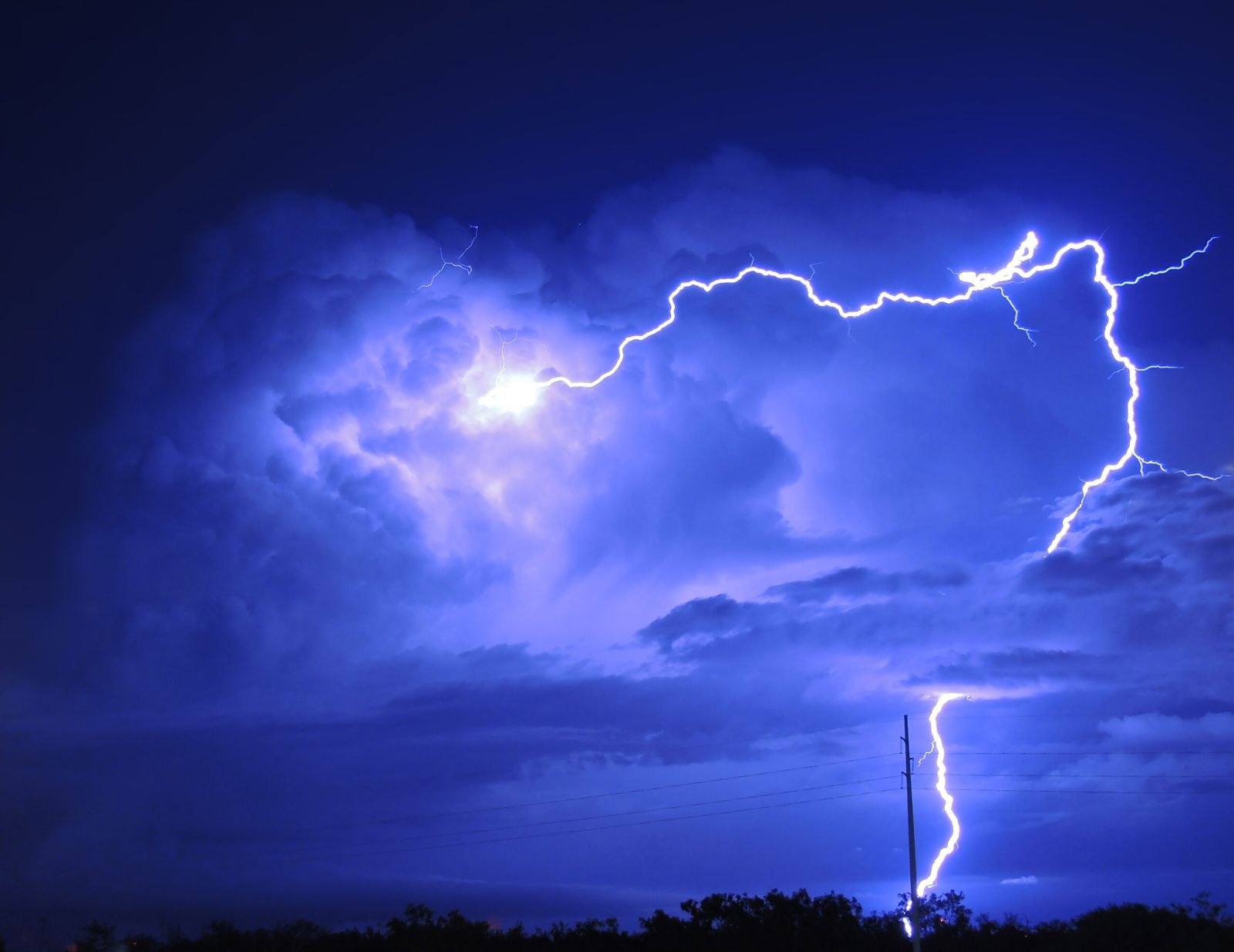Follow us on Google News (click on ☆)
Electricity in the clouds
Lightning is a gigantic electrical discharge. It originates in storm clouds called cumulonimbus, which are very large and heavily laden with water. Inside these clouds, air currents cause water droplets, ice, and crystals to rub against each other.
This friction creates a separation of electrical charges: the top of the cloud becomes positively charged, and the bottom, negatively charged. When the charge difference becomes too great, lightning forms to restore balance. It's exactly like rubbing a balloon on your hair... but on a much more powerful scale!
Does lightning always strike the ground?
Not always. There are several types of lightning. The bolt we often see goes from the cloud to the ground, but some lightning occurs only within the cloud, or even between two clouds. Lightning always seeks the quickest path to balance electrical charges.
When it strikes the ground, it follows the tallest or most conductive objects: trees, buildings, antennas... or sometimes people if they're isolated.
Why do we see the lightning before hearing the thunder?
Light travels much faster than sound. The lightning reaches our eyes almost instantly, while the thunder (the sound of air bursting from the lightning's heat) takes several seconds to reach our ears. You can estimate the storm's distance by counting the seconds between the lightning and thunder: one second equals about 1,100 feet (340 meters).
And is it dangerous?
Yes. Lightning can reach temperatures of 54,000°F (30,000°C) and carry an electrical potential of hundreds of millions of volts. So protection is essential: don't stand under a tree, avoid open areas, and don't touch metal objects during a storm.
